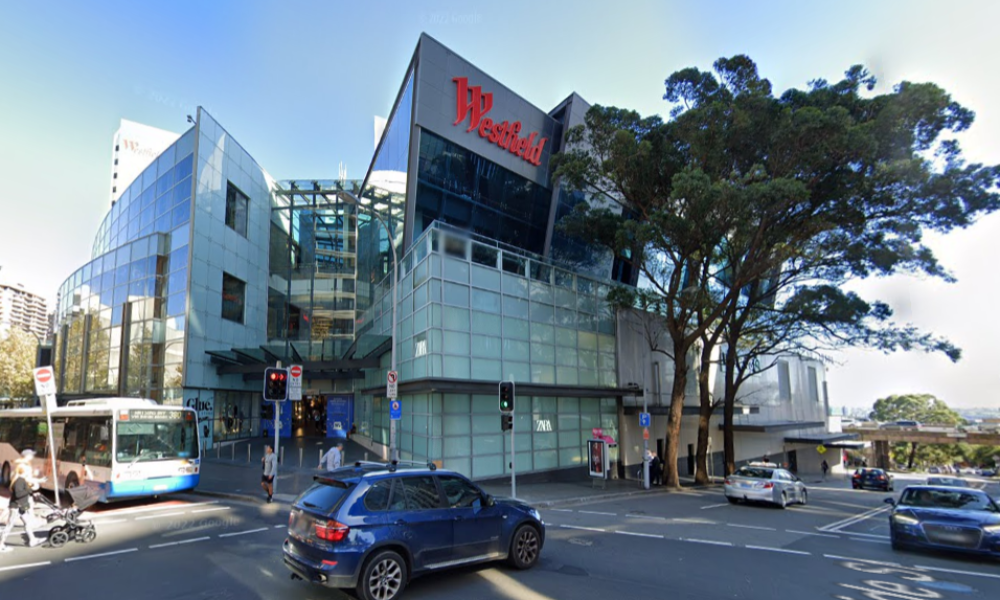As remote and flexible working continues to grow in popularity, HR leaders need to find solutions that will please their most critical asset
.jpg)
Talent leaders in New Zealand and Australia need to find better solutions to attract, engage and motivate candidates to join their organisation, according to Mark Souter, HR strategy lead, ServiceNow ANZ.
“As remote and flexible working continue to grow in popularity, HR leaders need to find solutions that will delight their most critical asset,” he added.
“Being able to connect and continuously engage with these employees will be essential to success, and technology will play a key role in doing so.”
Indeed, insights into the digital transformation of the employee experience were recently released in the report “The New CHRO Agenda: Employee Experience Drives Business Value” at the Knowledge 18 conference in Las Vegas.
According to the report, digitisation is an effective tool to enable better employee experiences and help leaders overcome budget, time and other talent challenges.
At the opening keynote talk, Making the World of Work, Work Better for People, ServiceNow CEO John Donahoe said that one of the most important things to do to create a better employee experience is to instil a “sense of purpose” in the workforce.
“Work matters - it is where we spend a third of our lives, so we must create great work experiences,” he said.
“It starts with knowing your purpose. Is what you are doing going to have a positive impact on the workforce? If it is not, then don’t do it.”
Moreover, the recently released report outlines three attributes of an effective employee experience:
Predictive:
Using analytics to create customised benefits in order to increase the likelihood of job acceptance
Predicting when employees are likely to require new apps or computer resources and making sure they are available when needed
Turnover modelling: predicting when an employee may be likely to leave the company and creating additional incentives to persuade them stay
Seamless:
Providing single-sign-on access to multiple HR services that may rely on other departments for information
Integrating access to onboarding, communication, collaboration apps
Delivering instant access to questions through chatbots that are fed data from multiple departments
Personalised:
Tailoring health insurance offerings to individual requirement
Making customised learning and development content easily accessible on a broad range of mobile devices








